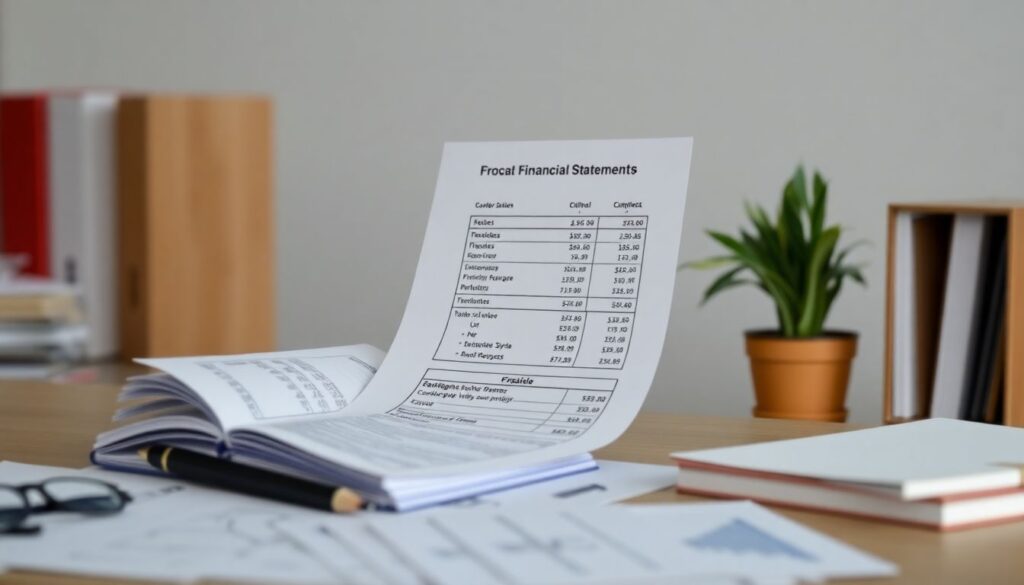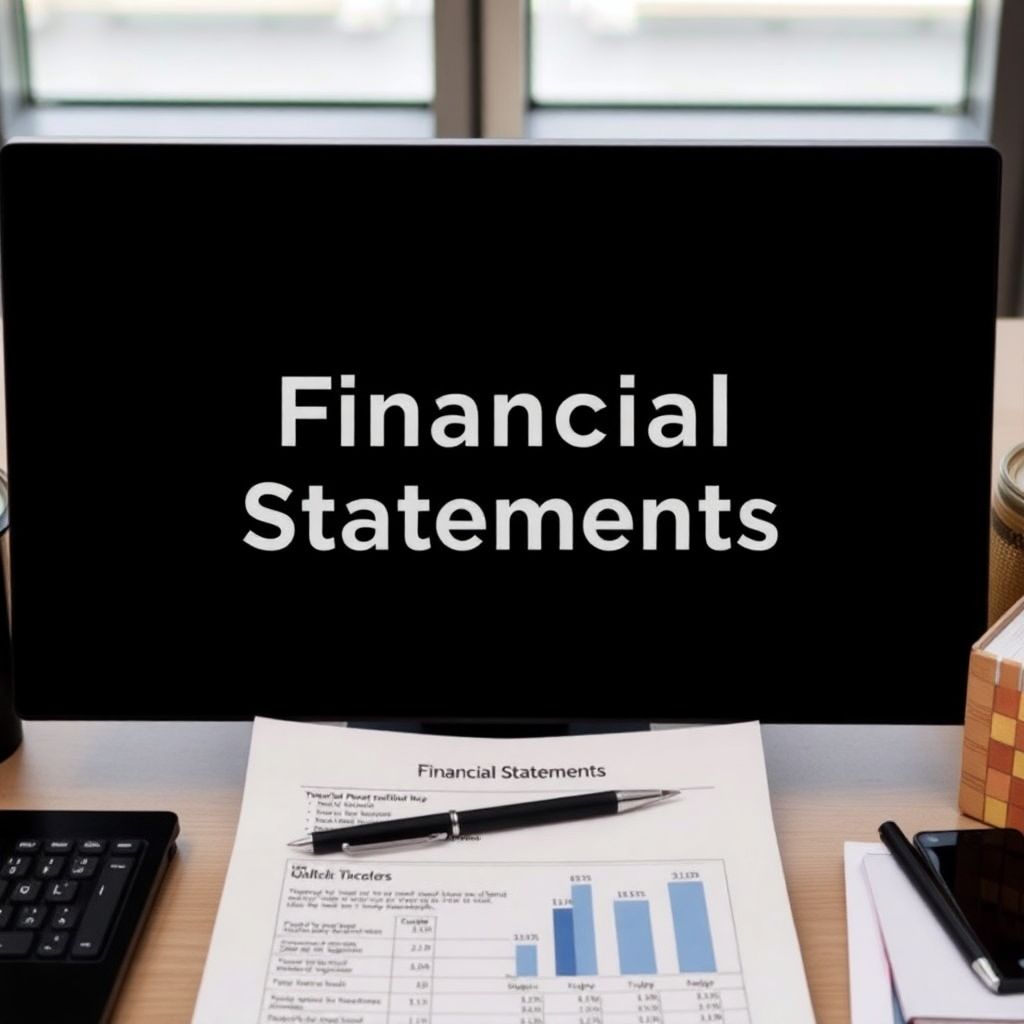Beginner’s Guide to Financial Statements and What They Mean
Understanding financial statements might sound intimidating at first, especially if you’re not from a finance background. But here’s the truth: you don’t need a CPA license to grasp the essentials. Whether you’re a small business owner, an investor, or just curious about your company’s performance, knowing how to read financial statements is a critical skill. Let’s break it down in plain English, with real-world context and practical tips.
What Are Financial Statements and Why Do They Matter?

Financial statements are structured reports that summarize a company’s financial performance and position over a specific period. Think of them as a financial report card. These documents are essential for decision-making—whether you’re analyzing a potential investment, applying for a loan, or managing your own business.
The Importance of Financial Statements
Understanding financial statements is not just about compliance or accounting—it’s about insight. These documents help you:
– Evaluate profitability and cash flow
– Make informed investment or business decisions
– Monitor financial health and spot red flags early
– Communicate effectively with stakeholders and investors
Case in point: A startup founder once ignored their cash flow statement, focusing only on profits. On paper, the business was thriving. But within six months, they couldn’t pay suppliers. Why? Profits were tied up in unpaid invoices. A quick glance at the cash flow statement would’ve warned them.
Key Components of Financial Statements
There are three main types of financial statements for beginners to understand. Each tells a different part of the financial story.
1. Balance Sheet: Snapshot of Financial Position
The balance sheet shows what a company owns (assets), what it owes (liabilities), and the residual interest (equity). It’s a snapshot at a specific point in time.
Assets include cash, inventory, property, and receivables.
Liabilities are debts like loans and payables.
Equity represents the owners’ share after debts are paid.
Example: A retail store with $50,000 in inventory, $20,000 in cash, and $10,000 in unpaid supplier bills has $70,000 in assets and $10,000 in liabilities. Equity? $60,000. A healthy position—on paper.
2. Income Statement: Tracking Profitability
Also known as the profit and loss statement (P&L), this report shows revenues, expenses, and net income over a period. It’s your go-to for understanding how much money is being made—or lost.
Key sections:
– Revenue (sales)
– Cost of goods sold (COGS)
– Operating expenses (rent, salaries)
– Net profit or loss
Real-world tip: When analyzing financial statement analysis for beginners, always look at trends over time. A single profitable month doesn’t mean long-term success.
3. Cash Flow Statement: Lifeblood of the Business
This statement tracks the flow of cash in and out of the business. It’s broken into three activities:
– Operating (core business)
– Investing (buying equipment)
– Financing (loans, dividends)
Even profitable businesses can go bankrupt if they don’t manage cash flow. That’s why this statement is crucial.
Case: A tech company showed profits on the income statement but negative cash flow due to high R&D spending. Investors got nervous, and stock prices dipped. They rebalanced operations, and within a year, positive cash flow restored confidence.
How to Read Financial Statements Like a Pro
Once you understand the structure, the next step is interpretation. Reading financial statements is about connecting the dots—not just reading numbers.
Look for Relationships Between Statements
Numbers on one statement often explain figures on another. For instance, net income from the income statement flows into the equity section of the balance sheet and is the starting point for the cash flow statement.
Tips:
– Cross-check net income with changes in equity
– Compare cash flow from operations with net income
– Watch for mismatches between profit and cash
Use Ratios for Deeper Analysis
Financial ratios simplify complex data. Even for beginners, a few key ratios can offer deep insight:
– Current Ratio = Current Assets / Current Liabilities → measures liquidity
– Gross Margin = (Revenue – COGS) / Revenue → shows profitability
– Debt-to-Equity = Total Liabilities / Equity → gauges financial leverage
Example: A small manufacturing firm had a current ratio of 0.8—meaning liabilities outweighed assets. They restructured short-term debts and improved working capital, boosting the ratio to 1.5 within a quarter.
Common Red Flags to Watch For
Even without advanced training, you can spot warning signs:
– Declining cash from operations despite rising profits
– Increasing debt with flat or falling revenue
– Negative equity (liabilities exceed assets)
Case: An investor reviewing financial statements for beginners noticed a company’s liabilities growing faster than assets over three quarters. Despite aggressive marketing, sales remained flat. The investor passed on the opportunity—six months later, the company filed for bankruptcy.
Practical Advice for Beginners
If you’re just starting out, don’t try to master everything at once. Focus on building fluency with the basics.
Start With These Steps
– Read one type of statement at a time
– Track trends across 3–4 periods
– Use visuals (graphs, charts) to spot patterns
– Practice with real companies—public firms publish quarterly reports
Tools That Help
You don’t have to do it all manually. Use software like QuickBooks or Xero for small businesses, or access free financial data from sources like Yahoo Finance or EDGAR (SEC).
Final Thoughts

Understanding financial statements is more than a technical skill—it’s a decision-making superpower. Whether you’re running a business or evaluating one, these documents help you see the real picture behind the numbers. With practice, you’ll move from reading reports to interpreting stories—and that’s where the real power lies.
Remember, financial statement analysis for beginners isn’t about memorizing formulas. It’s about asking the right questions and using data to make smarter decisions.

